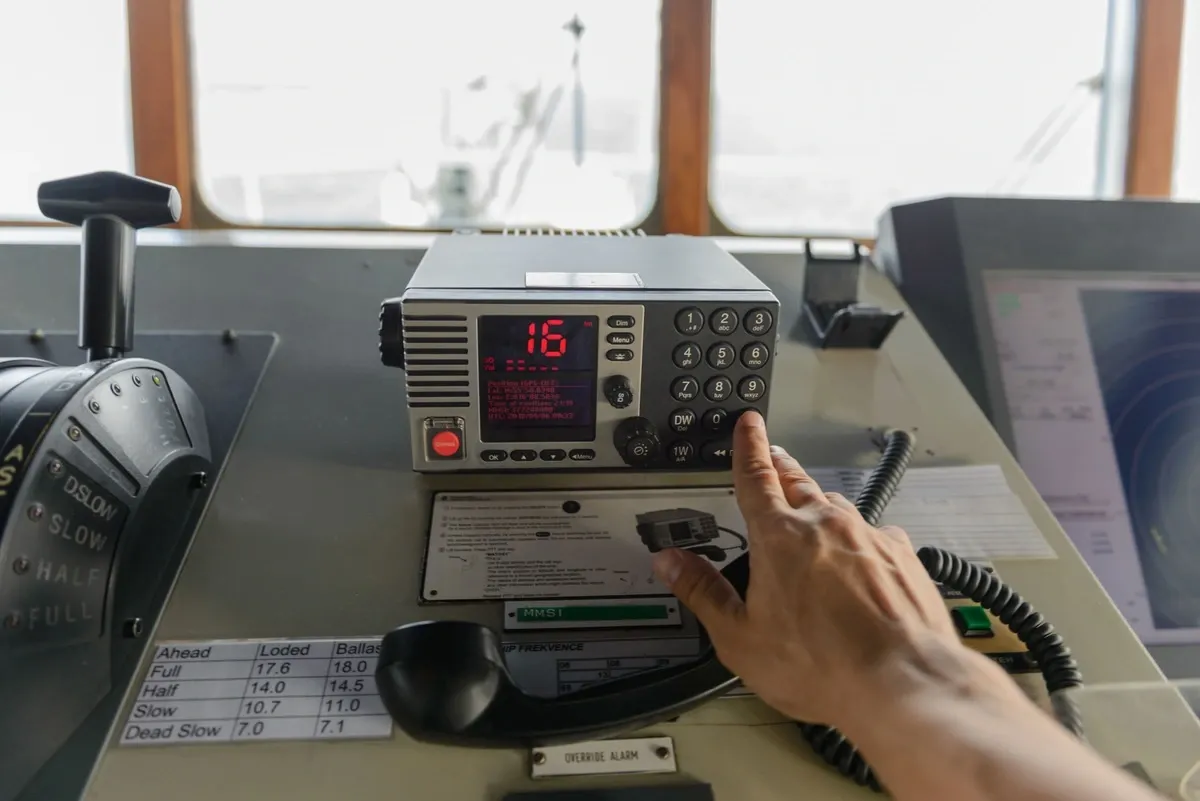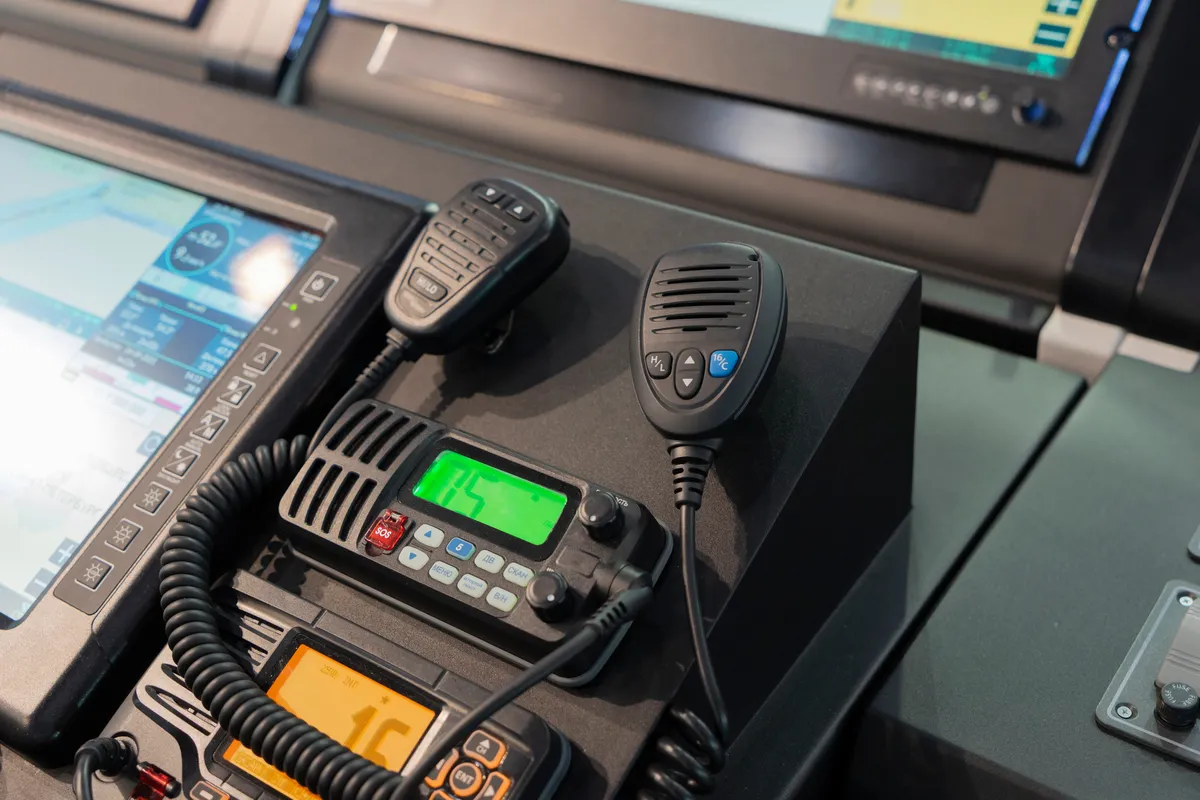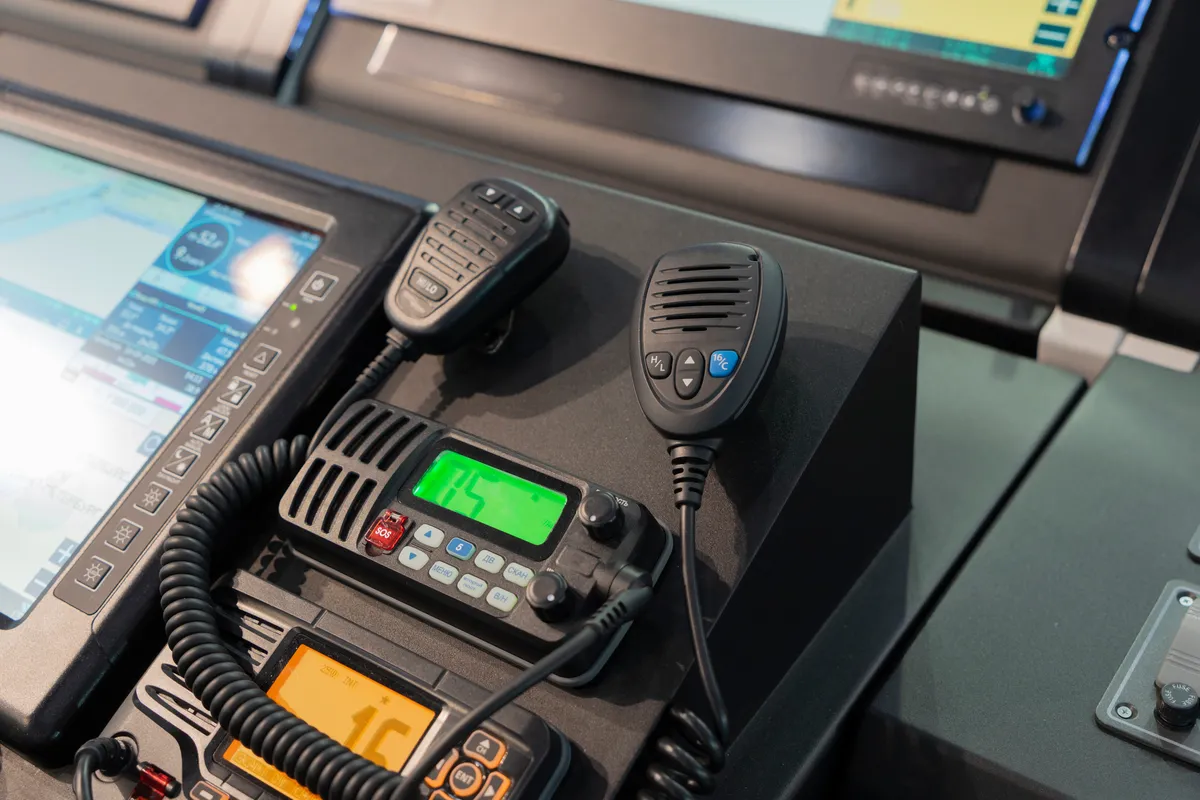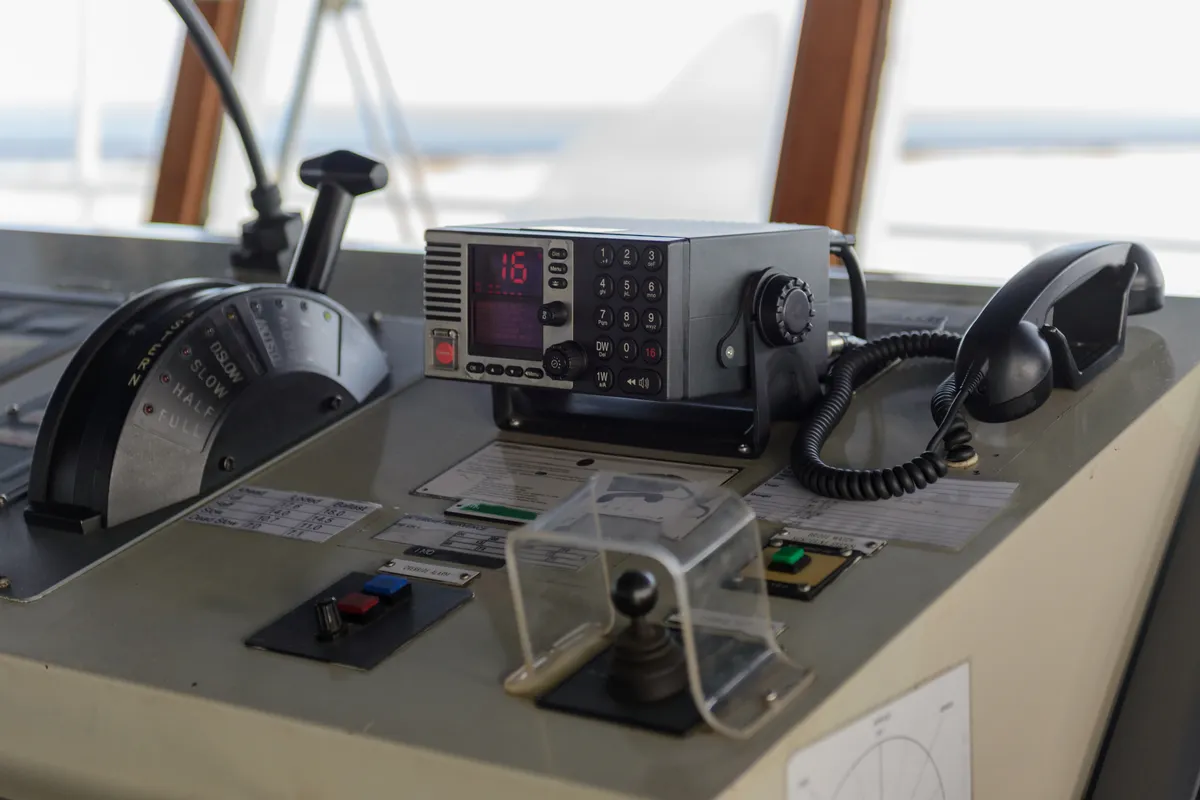Lloyd's Register on 14 December 2023 published two Class News regarding the Global Maritime Distress and Safety System (GMDSS) radiocommunications.
Revised SOLAS Radiocommunications GMDSS Requirements
A revised SOLAS Chapter IV containing requirements for radiocommunications applies to new and existing ships on or after 1 January 2024.
This has been published by the IMO as Resolution MSC.496(105). It has also published guidelines in COMSAR.1/Circ.32/Rev.2 – Harmonisation of GMDSS Requirements for Radio Installations On Board SOLAS Ships, which will also take effect on 1 January 2024.
Impact of Amendments
The amendments to SOLAS Chapter IV have the following major consequences:
- For ships operating in sea areas A3 or A4, HF direct-printing telegraphy (NBDP) is no longer required for transmission and reception of distress and safety radiocommunications. However, shipowners may choose to retain HF NBDP equipment for reception of maritime safety information (MSI).
- NAVTEX, EGC and HF NBDP receivers will no longer be mandatory. The amended Regulation IV/7.1.1.4 states that “every ship shall be provided with a receiver or receivers capable of receiving MSI and search and rescue related information throughout the entire voyage in which the ship is engaged”. Operators will need to decide what equipment is needed, depending on the ships trading pattern. IMO circular MSC.1/Circ.1645 gives guidance on choosing equipment to meet the new requirement.
- The SOLAS amendments have moved the requirements for carrying two-way VHF radiotelephone apparatus and search and rescue transponders (SARTs) from SOLAS Chapter III to Chapter IV. This change has necessitated some amendments to the wording of the related SOLAS certificates. The changes also affect certificates related to the SPS Codes, HSC Codes and MODU Codes.
The definition of Sea Area A3 has changed as follows:
- “Sea area A3 means an area, excluding sea areas A1 and A2, within the coverage of a recognised mobile satellite service supported by the ship earth station (SES) carried on board, in which continuous alerting is available”.
This means Sea Area A3 is dependent on the particular recognised satellite service (RMSS) SES equipment installed on the ship. For example, for a ship provided with Inmarsat SES, Sea Area A3 for that ship will be roughly from 70°S to 70°N (i.e. the coverage area for the Inmarsat satellite system). For a ship provided with Iridium SES, Sea Area A3 for that ship would be the entire globe. Where two SES are installed, the SES with the lesser coverage will determine the coverage of the ship.
- VHF emergency position indicating radio beacons (EPIRBs), which are not widely used, are no longer acceptable for GMDSS purposes. (This is currently only an option for ships certified for Sea Area A1 alone.) They will need to be replaced with other acceptable equipment, such as a satellite EPIRB.
New radio installations – performance standards delay
Regulation IV/14 introduces several performance standards that replace earlier ones and apply to equipment installed after 1 January 2024.
The IACS has published Unified Interpretation UI SC298, interpreting the phrase “installed on or after 1 January 2024”.
However, because of global supply chain problems and shortage of equipment approved to the new standards, the IMO has published MSC.1/Circ.1676 – Delays Affecting the Availability of New GMDSS Equipment Compliant with the Revised Performance Standards set out in Resolutions MSC.511(105), MSC.512(105) and MSC.513(105).
MSC.1/Circ.1676 invites flag Administrations to permit the continued installation of VHF radio installations, MF and MF/HF radio installations and Inmarsat-C ship earth stations approved to the older performance standards until 1 January 2028.
What we advise shipowners and ship operators to do now
It is not envisaged that the revised SOLAS Chapter IV will necessitate any action by shipowners/ ship operators or any new installations of radio equipment on existing ships.
The only exception will be the need to replace VHF EPIRBs equipment, something which is not thought to affect many ships.
The affected SOLAS certificates will generally be updated at their expiry, in accordance with the guidance provided in MSC-MEPC.5/Circ.6.
Delays in Implementation of GMDSS Radiocommunications Equipment Performance Standards
This Class News is further to Class News 40/2016, which advised on the issuance of MSC.1/Circ.1460/Rev.1.
The IMO, having taken into account concerns about the availability of VHF radiocommunication equipment, has published two circulars delaying the application of new performance standards for such equipment.
New Installations of VHF, MF/HF radio installations and Inmarsat-C ship earth stations
MSC.1/Circ.1676 invites flag Administrations to permit the continued installation of such equipment approved to the older performance standards until 1 January 2028.
New installations of such equipment installed after 1 January 2028 must conform to performance standards specified in the annexes to resolutions MSC.511(105), MSC.512(105) and MSC.513(105).
Existing VHF radio installations
MSC.1/Circ.1460/Rev.4 effectively moves the compliance date for VHF radiocommunication equipment to meet the new channelling requirements from 1 January 2024 to the first radio survey after 1 January 2028.
At such time, ships’ VHF GMDSS equipment is required to be compatible with the frequencies and channelling arrangements set out in Appendix 18 of the ITU Radio Regulations (RR).
The amended Appendix 18 requires 4-digit channels rather than the previous 2-digit channels.
For newer VHF equipment, which is not already compatible with the amended RR, compatibility might be achieved by a software update. Older VHF equipment may have to be replaced.
HF GMDSS equipment capable of operating narrow-band direct printing (NBDP)
The requirements of SOLAS Chapter IV related to provision of HF direct-printing telegraphy (NBDP) equipment will effectively be deleted when the revised Chapter IV enters into force on 1 January 2024 (see Class News 25/2023 for details).
As such, any requirements related to HF NBDP have been removed from the recently published MSC.1/Circ.1460/Rev.4.
What we advise shipowners and ship operators to do now
Shipowners and ship operators should confirm with their VHF GMDSS radiocommunications installation manufacturer whether software updates or replacement equipment are needed, ahead of the new 2028 deadline.
More LR class news is available HERE
 Marine Regulations NewsEda Zenic
Marine Regulations NewsEda Zenic
 Marine Regulations NewsMatko Rak
Marine Regulations NewsMatko Rak
 Marine Regulations NewsMatko Rak
Marine Regulations NewsMatko Rak
 Marine Regulations NewsMatko Rak
Marine Regulations NewsMatko Rak

Sign up for our newsletter
Your most up-to-date maritime regulations news
It's free. No spam. Cancel anytime.










Related News
USCG safety alert: Hot work and lockout/tagout compliance
Jan 23, 2025
USCG issues safety alert on hazardous zone marking and awareness
Jan 21, 2025
USCG issues alert on improving vessel maneuvering systems to prevent accidents
Jan 20, 2025